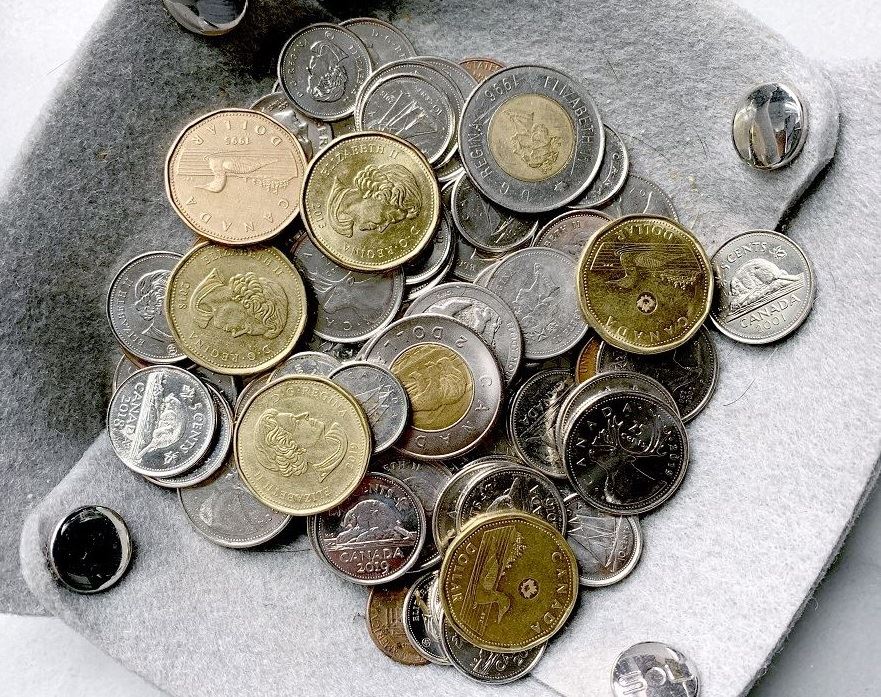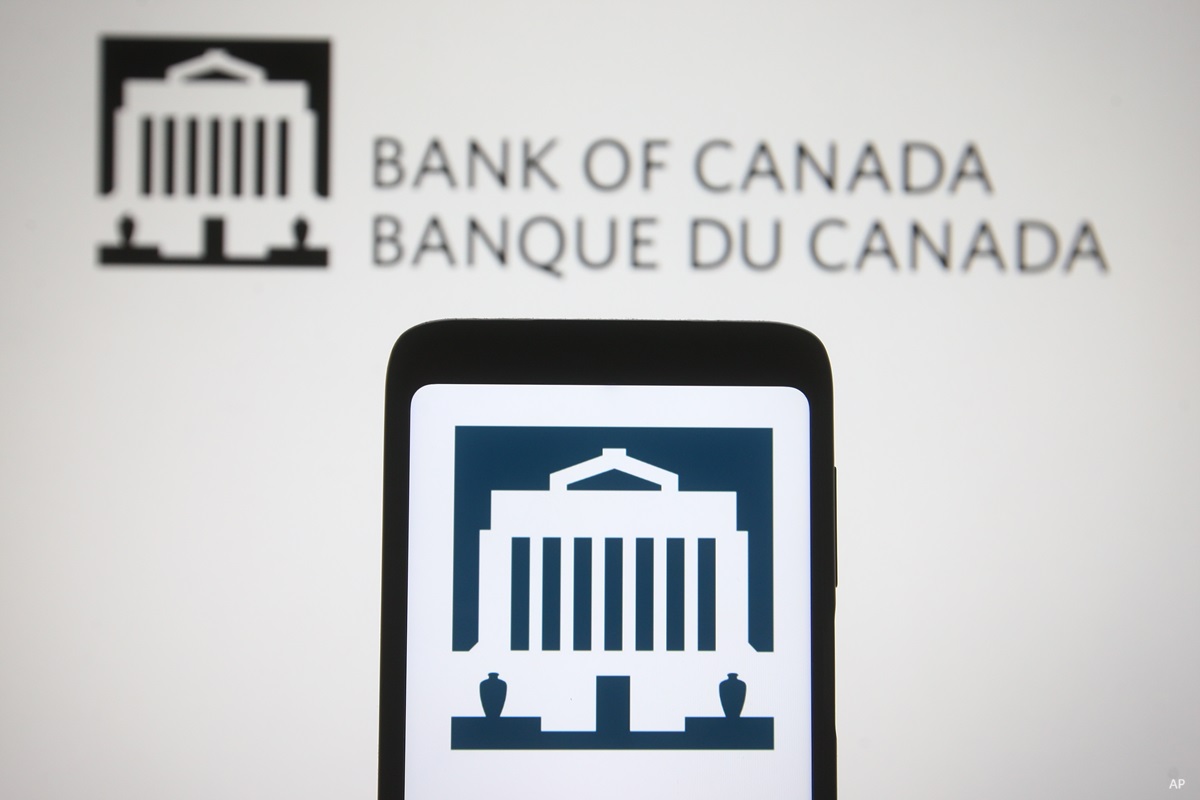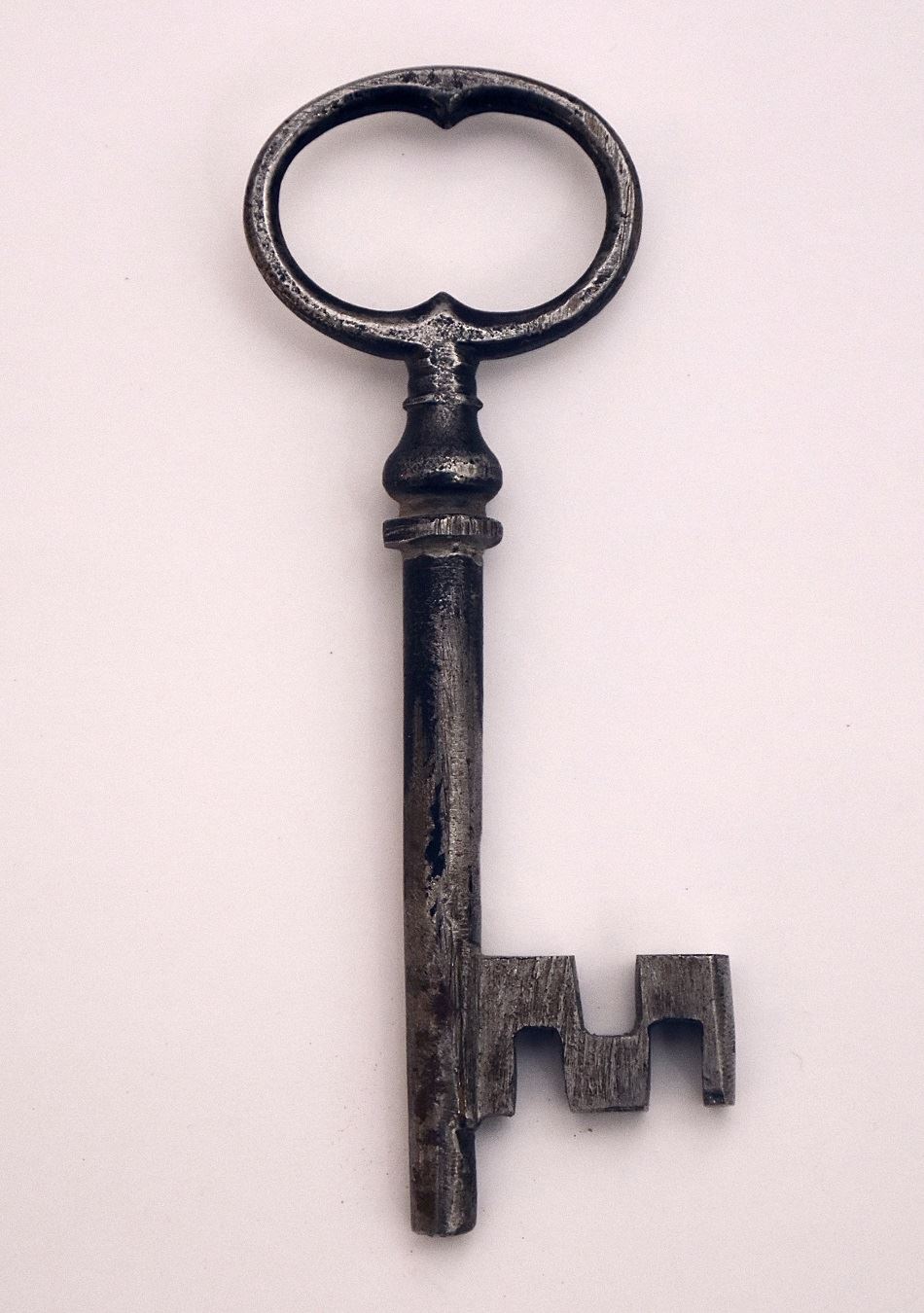
With the historical run up of oil since the beginning of the war in Ukraine, the Canadian dollar – fondly called the loonie – should be gliding up to new heights. But it isn’t. During oil’s irrepressible ride that saw it rise by 266% from a low of US$39.94 at the end of October 2021 to today’s peaks, the loonie, in fact, followed an erratic, nearly contrary path.
Starting February 24, the price per barrel of WTI crude oil rose from US$87 to a high of US$111 on March 21, falling back slightly to US$106 by mid-April. In that period, the loonie simply bounced around, from US$0.78 on February 24, to a small spike of US$0.80 in early April, back to US$0.79 by mid-April. Going back further, the loonie fell from US$0.806 to a low of US$0.773 at the end of December 2021.
During the early phase of oil’s recent ascent, the loonie did manage to catch on to oil’s rising winds, reaching the near lofty level of US$0.83 on June 3rd, at a moment when oil was at US$64 per WTI barrel. Then the two soaring lines parted ways. Had it been true to its traditional companionship with oil, the loonie would probably hover today around US$0.90.
Correlation Between the Loonie and Oil is Falling
“In the decade from 2010 to 2020, the correlation between the Canadian dollar and oil stood at .6; in the last six months, it has fallen to .21,” reports Alfred Lee, Portfolio manager and investment strategist at BMO Asset Management. Avery Shenfeld, chief economist of CIBC World Markets presents another perspective on the same coupling: “Looking at monthly average levels in the decade before 2018 (...) there was a 0.80 positive correlation between the level of oil prices and the level of the Canada-US two year bond spread,” he writes.
“What is driving the Canadian dollar now is monetary policy, says Lee. Though the loonie has not lost all correlation to oil, the key now is interest rates hikes. In a normal year of hikes, we get two or three of them, and that is considered hawkish. But now, we’re expecting seven to eight hikes. That overshadows oil prices.”
There Are Now Questions Around Oil’s Supremacy in Canada
But other trends have been set in motion that call into question the continued importance of oil in Canada’s economy – further weakening the loonie/oil relationship. “The Canadian oil and gas space has fallen out of favour for several reasons,” points out Stephen Ellis, senior analyst at Morningstar, who identifies three headwinds.
- First, investors are increasingly concerned about medium to long-term demand for oil and gas.
- Second, Canada’s tar-sand oil resides at the higher end of the cost curve and carbon-intensity, making it more challenging to sanction new projects.
- Third, the Carbon tax.
“More specifically, Ellis adds, Canada has enacted a $170 per ton carbon tax by 2030, meaning the Canadian oil and gas industry is under immense pressure to do more to address greenhouse gas emissions, and faces substantial technical and investment hurdles. Looking at midstream issues, there are a number of high-profile projects with stakeholder objections (e.g. the TransMountain pipeline project), meaning that producers lack certainty regarding future export growth avenues.”
All is not lost, Ellis recognizes, and the oil industry is not set to die tomorrow, but its future rests more in renewable spaces, such as hydrogen, liquid natural gas and carbon capture projects.
Oil’s Share in Canadian Exports has Reduced
According to World Bank numbers, in 2010, oil and gas products represented 20.6% of Canada’s total exports, at a time when a WTI barrel sold for US$96.73. At that time, oil and gas constituted three of Canada’s top five exports, the other two being car parts (6.5%), and gold (3.4%). In 2019, right before Covid and when oil prices hovered around US$68, oil and gas represented 17.9% of total Canada exports, while car products and gold still held at about the same levels: 7% and 3.4%.
So, while oil and gas still grab a significant share of Canada’s exports, its influence on the fate of the loonie is dwindling. As Shenfeld notes, “It’s this looser relationship that is likely to continue”. Furthermore, the whole fate of the Canadian dollar appears shaky, because the slack in oil and gas has not been compensated by other export goods. While intermediate and consumer goods represented 55.7% of total exports in 2010, their share had dwindled to 50.1% by the end of 2019.
Alfred Lee remains optimistic. “Even if oil loses in importance, I don’t think it will be a catastrophe for the loonie”. In fact, he adds, “it’s probably a sign of health for the loonie that is has decoupled from oil.”
Time will tell if Lee’s optimism is justified. In the meantime, the oil/loonie decoupling certainly has an immediate consequence. “When oil and the loonie were coupled and the Canadian dollar appreciated, that helped the Bank of Canada fight inflation, Lee points out. Now, that job is more difficult.”




















